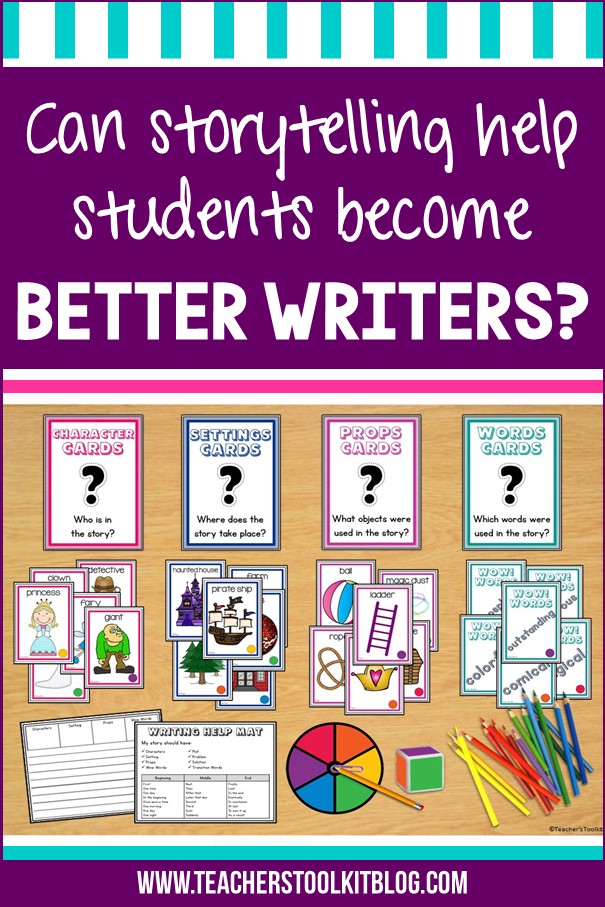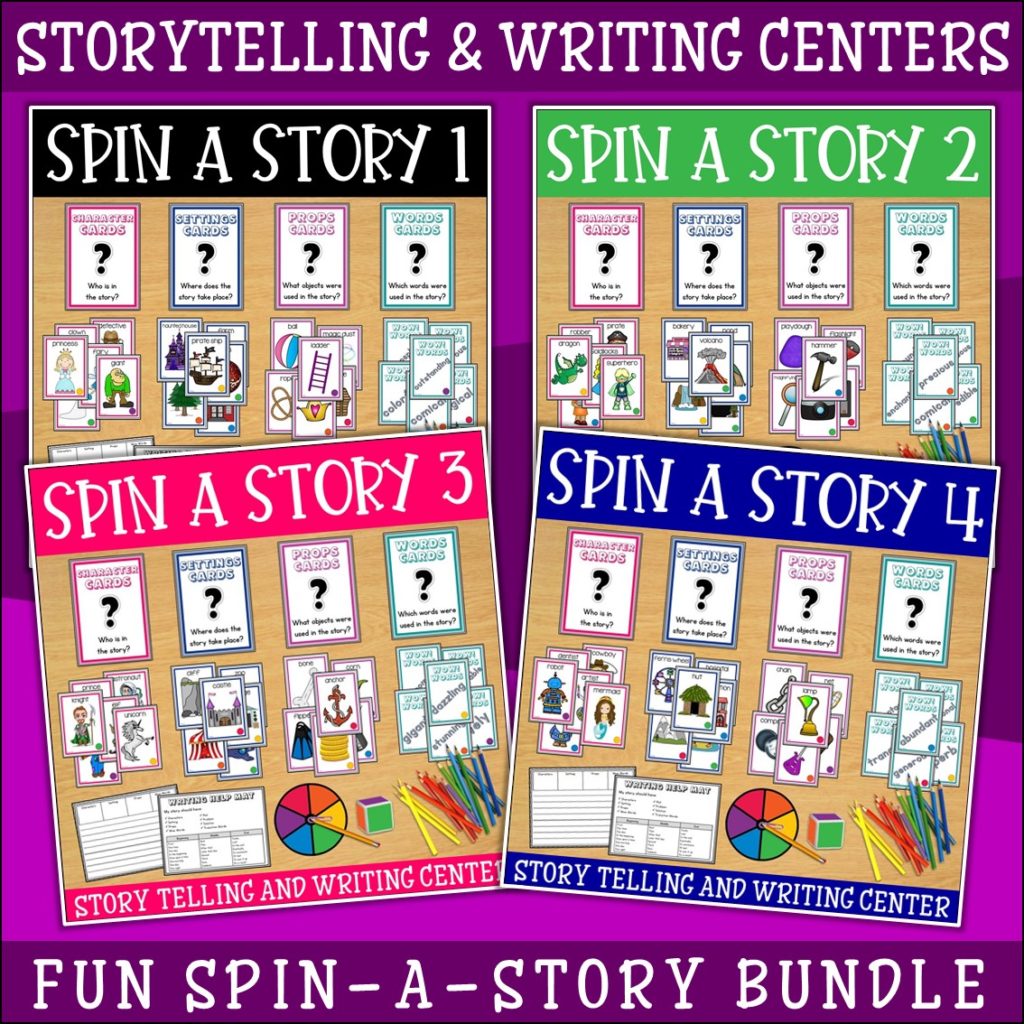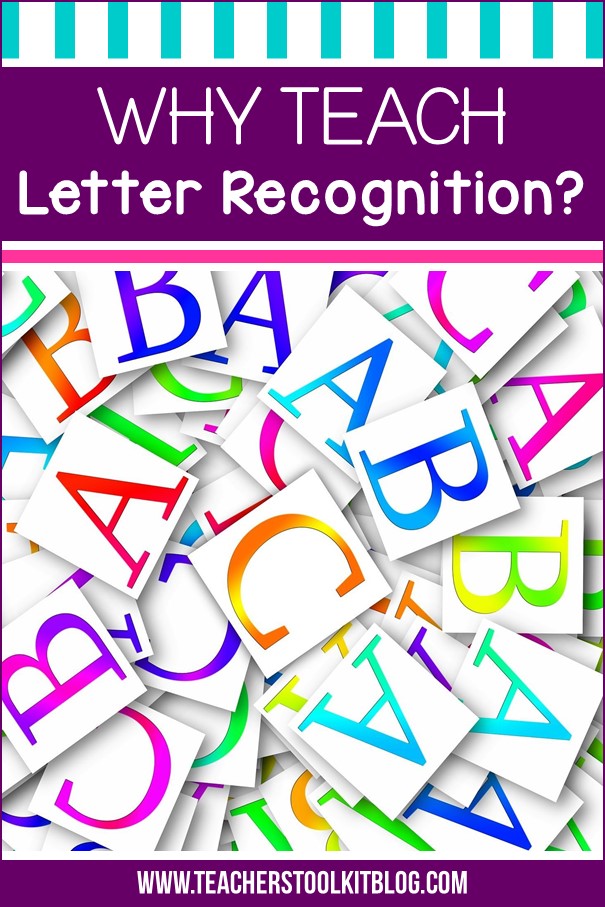Have you ever seen first graders listening to storytelling? Their rapt, focused attention, stillness and quiet breathing indicate how entranced they are with what they’re hearing. Teachers could capitalize on this engagement and focus to improve students’ writing.

What is storytelling?
The storyteller can look directly into the eyes of the listeners. Their body movements and voice inflections enhance the story and help listeners to understand it better. This makes storytelling a shared experience and can create a wonderful sense of community in the classroom.
Students Can Become Better Writers Through Oral Storytelling
Introduce oral storytelling early in the year and be specific when modeling it. Sit with students in groups of 3 or 4 and tell a short personal story. Talk about how both the listeners and storyteller should behave. Be enthusiastic!
Set up storytelling areas for students to use for practice. Give them 15 minutes or so to sit and tell each other stories, making sure everyone gets a turn. At this point, they can transition to expressing their story on paper.
Of course, students won’t become fantastic writers immediately. The recommendation is to have storytelling meetings several days a week. But telling each other stories helps students to think about the details, which they will then begin to incorporate into their stories.
As the storytelling practice continues, students will start to use their imaginations more and to see pictures and images in their minds. This is crucial for developing both reading and writing skills. The ability to read or hear stories and then “see” what they’ve heard or read will help them to immerse themselves in the story and add richness to the experience. Stimulating their imaginations through storytelling will translate into more depth and detail in their writing.
Tips For The Classroom
- As mentioned earlier, introduce storytelling early in the year and show lots of enthusiasm when modeling it.
- Invite as many different storytellers into your classroom as you can … ask grandparents, parents, other teachers, local authors or community members.
- This is a great opportunity to talk about authors and how they write about topics dear to them. Pick a favorite author and let students make up stories that might fit with the author’s stories.
- Try playing some serene, tranquil music when transitioning to the writing stage.
- The writing time each day should begin at roughly the same time, so students become familiar with the routine. Give students plenty of time so they don’t feel rushed.
- To make writing time feel fun and special, organize baskets/bins with a variety of writing tools: colored pencils, markers, crayons etc and of course sharpened pencils! Add other small ‘office’ type supplies, such as colorful sticky notes.
As noted, oral storytelling is the ideal vehicle for encouraging students to organize their stories and think about story scenarios and details, before embarking on the writing stage. Too often students are faced with a blank page and asked to write a story – even adults would struggle with this!
Resources
- These storytelling and writing centers will enable students to tell and write humorous, creative stories, either on their own, with a partner or small group. Deciding on what to write in a story is often the hardest part for young writers. This resource helps eliminate that problem for students. These fun and engaging prompt cards will have your students excited to spin/throw and write their own stories!
- The cards provide endless combinations of characters, settings, props and wow! words, to entertain, have fun and get creative!
- Students can use these centers over and over throughout the entire year, as the possibilities are endless!
- Teacher Notes/Instructions
- Center Layout
- Spinner
- Cube
- Character Cards x 6
- Settings Cards x 6
- Props Cards x 6
- Wow Words x 6
- Writing pages (various sizes)
- Writing Help Mat
- Story Starters Set 1 | Writing Center Activity | Story Elements
- Story Starters Set 2 | Writing Activities | Writing Center | Story Elements
- Story Starters Set 3 | Story Elements Cards | Writing Center Activities
- Story Starters Set 4 | Writing Activities | Writing Center | Story Elements
- Story Starters Card Bundle | Writing Center | Writing a Story | Story Elements





I found you on FB! I am a new follower.
TIPS: Teach, Inspire, and Prepare Students